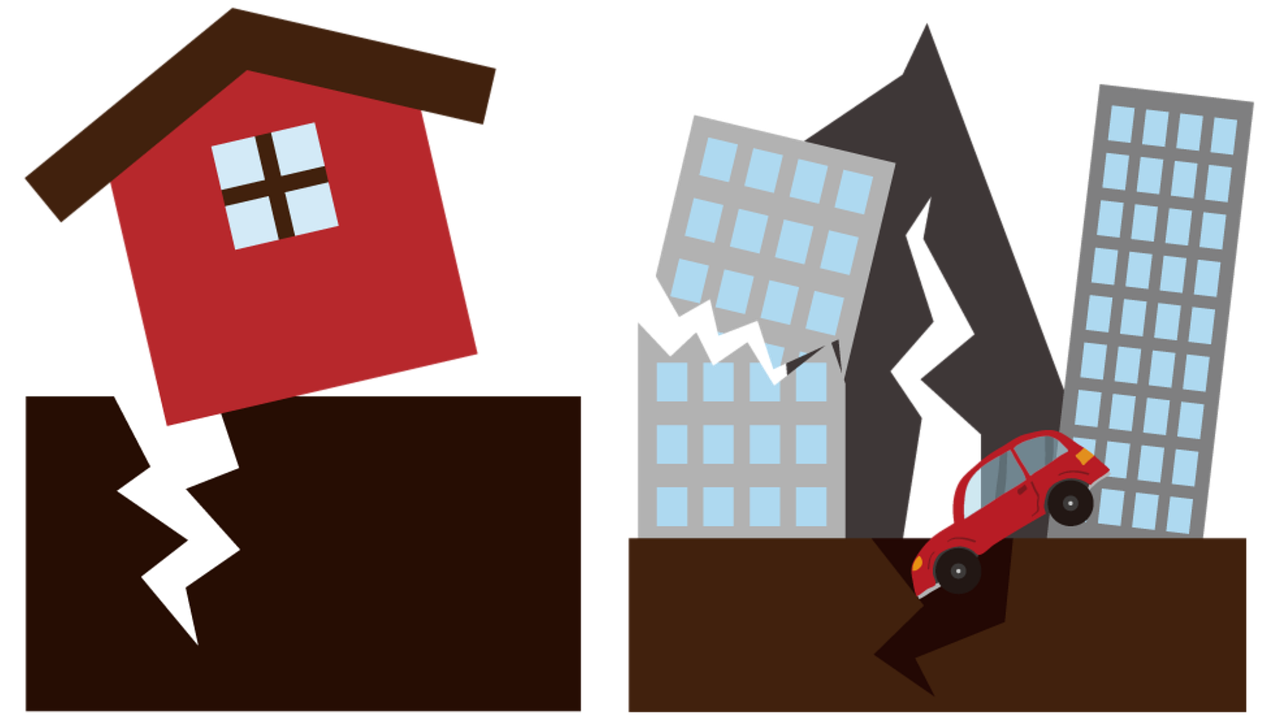Odds of ‘The Big One’ earthquake increase markedly
A commentary by Brian Losie and George Barnhart, board members of Grumpy
Taxpayer$ of Greater Victoria, a non-partisan citizens advocacy group for
municipal taxpayers.
It’s enough to make you want to immediately drop, cover and hold on.
New research offers a clearer picture of a fault line hundreds of
kilometres long off the West Coast that is predicted to generate a
major earthquake and tsunami commonly known as “The Big One.”
The study confirms that the northern part of the fault, close to
Vancouver Island and Washington state, is most likely to produce a
major earthquake.
The research, recently published in the prestigious journal Science
Advances, produced the most detailed picture researchers have yet
had of the fault zone spanning more than 900 km from northern
California to Vancouver Island. It’s imaging they say helps
them understand the magnitude and probability of earthquakes.
https://www.science.org/doi/epdf/10.1126/sciadv.adl4286
It raises the question; who is in charge during an emergency?
Apparently, the BUCK stops with the Minister of Emergency
Management and Climate Readiness (EMCR) and First Nations.
https://www2.gov.bc.ca/gov/content/safety/emergency-management/emergency-management/legislation-and-regulations/modernizing-epa
Every resident of the capital region should be aware of the changing
role of municipal governments in emergency and disaster
management and be asking critical questions.
A cautionary tale perhaps is the recent critical water main break
affecting city-wide water usage for several weeks in Calgary.
In BC enhancing the ability of municipal governments to address local
incidents makes sense. But is it fair and reasonable to expect 161
municipalities, 27 regional districts and 203 First Nations to effectively
deal with major incidents or disasters?
Can they deal with Minister Ma who has the Emergency Management
and Climate Readiness (EMCR) portfolio, while the Minister of Forests
is responsible for managing wildfires. The Ministry of Environment is
responsible for climate change and the environment, the Ministry of
Transportation for roads and infrastructure, and the Ministry of Water,
Land and Resources for flood control and mitigation.
Then there’s the Ministry of Citizen’s Services which is responsible for
cyber security and information technology systems, infrastructure and
the private sector, and who coordinates the critical infrastructure
sectors?
There was a step forward in October 2023, when the province
introduced the Emergency and Disaster Management Act (EDMA),
which replaced the Emergency Program Act. BC will be developing
new regulations to support the legislation.
https://www.bclaws.gov.bc.ca/civix/document/id/bills/billsprevious/
4th42nd:gov31-1
Local governments have advocated for long-term funding to address
these and other responsibilities included in the new legislation.
EDMA adds significant new consultation responsibilities but without a
clear plan to ensure local governments and First Nations have the
necessary guidance and resources to implement those
responsibilities.
Municipalities have a much less significant role unless a major
incident is within or very close to their jurisdiction.
UBCM and EMCR have formed the Local Government Advisory
Committee on EDMA Regulations (LGAC), a forum for local
government input into the development of regulations. In almost every
response to every question the local authorities’ position is more about
guidance and autonomy and less about defined prescriptive
regulations.
If adopted, this will decentralize and fragment the chain of command
to the ability to respond putting citizen’s lives at greater risk. This shift
of the burden to local governments will result in fragmented and varied
strategies with little oversight.
The LGAC intends to meet over the coming 12 to 18 months to inform
the development of regulations for local authorities and other relevant
regulations.
We cannot support this measure – there is no sense of urgency.
https://www.ubcm.ca/about-ubcm/latest-news/summary-input-edma-
regulations-local-authorities
https://www.ubcm.ca/policy-areas/emergency-services
It is quite appropriate for the public to have some accountability for
their own preparedness but who is doing the overall crisis
management? How is this coordinated with the public? Are there
practice drills and table-top exercises planned for this?
When will there be a regional heavy urban rescue program, modeled
on the successful Burnaby and Vancouver Fire Rescue programs?
The public is being advised to be prepared to be self-sustaining for the
first 72 hours of a disaster. So, what happens in hour 73 and beyond?
It’s noted that none of the critical infrastructure sectors were even
considered.
A major disaster would also involve sectors such as public safety and
security (RCMP/DND/CSIS/Red Cross), energy (BCHydro/Fortis),
banking, telecom (Telus/Rogers), and transportation (NavCan/VAA/
Seaspan/Ferries).
There’s also health (there are seven health authorities plus the
Ministry of Health), plus the matter of food and water (CRD not
municipal in Victoria), both integral to emergency response.
Draft guiding principles for ‘critical infrastructure providers’ only say
they ‘may be asked’ to create contingency plans.
https://www.ubcm.ca/policy-areas/emergency-services
For about 450,000 residents of the South Island, there’s a bottom line.
When it comes to emergency preparedness and disaster
management, who is ultimately in charge and how are external
agencies coordinated? Above all, there needs to be clear lines of
command in response to a disaster.
The sooner the better.
-30-

I’m not especially impressed with the proposed “plan(s)”. There seem to be very many oars in the water that will interfere with each other unless a single helmsman steers the boat.
What is the structure? This vague arm waving masquerading as a plan looks like a very messy stew.